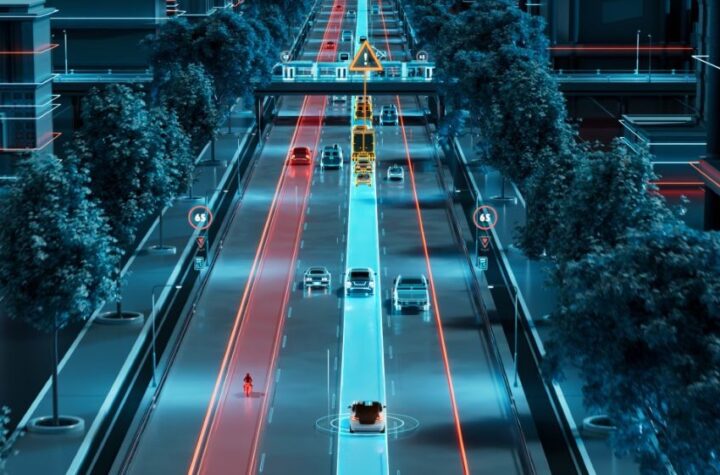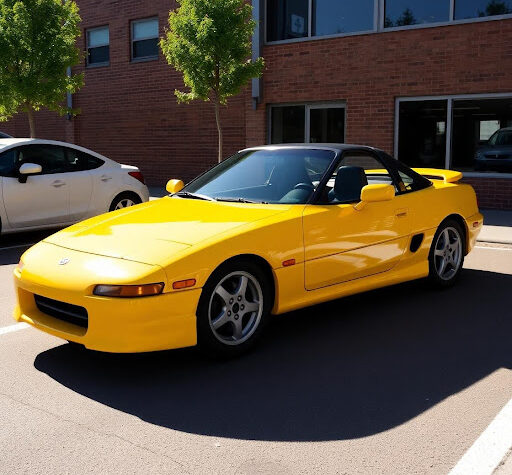
Mercedes-Benz used the 2014 Geneva Motor show to announce that it is the first German premium automotive manufacturer to bring Apple’s “CarPlay†infotainment system based on the iPhone into cars.
“CarPlay†gives iPhone users an intuitive way to make calls, use maps, listen to music and access messages with just a word or a touch. According to Mercedes-Benz, customers will also be able to enjoy the world of Android in their cars as soon as Google brings its own in-car infotainment system to market. Mercedes moved to pole position on the connected grid in 2012 when it presented the combination of the Drive Kit Plus and Digital DriveStyle App. Mercedes-Benz also offers its high-end infotainment system COMAND Online, which is compatible with most of the current Smartphones. This enables customers to use Mercedes-Benz Apps while driving in a safe and comfortable way.
“Two years ago we set a new trend with the integration of the Smartphone into our vehicles, and Apple and Google have picked it up,†says Prof Dr Thomas Weber, Member of the Board of Management of Daimler AG, responsible for Group Research & Mercedes-Benz Cars Development. “We offer our customers an ideal in-car infotainment system. We are constantly developing the connected car with the latest technologies available, so that every Mercedes-Benz driver can use their Smartphone in the car in full comfort and safety.†Mercedes-Benz demonstrated what an Android-based in-car infotainment system could look like in the SLS AMG in 2011: with “AMG Performance Mediaâ€. The App shows lateral and longitudinal acceleration, along with engine output, torque and accelerator pedal position. Laps completed on a race track can be recorded and called up later. Additional functions such as Internet access and Wi-Fi hotspot functionality are options that customers can add to the system.
Mercedes-Benz has subsequently released the Digital DriveStyle App, for Smartphones. It displays all essential functions under Social (e.g. Facebook, Twitter, Google+), Media (e.g. Aupeo Personal Radio) and Places (e.g. Navigation, Google Places) on the vehicle display. The Digital DriveStyle App is operated via the vehicle controller. The system can also be controlled by Siri, the iPhone’s digital voice assistant. The Drive Kit Plus and Digital DriveStyle App are currently compatible with iPhone generations 4 and 5. Support for Android-based Smartphones will be available from the middle of the year, according to Mercedes-Benz.
Automotive Industries (AI) asked, Prof. Dr. Herbert Kohler, Vice President Group Research and Sustainability and Chief Environmental Officer at Daimler, what he sees as the biggest changes in the car of the future.
Kohler: I think the future of the car lies in the Intelligent Driver assistance systems for autonomous driving, with a lot of electrical support on the drivetrain side. This is what we are expecting to be different.
AI: How do you see vehicle communications technology changing in the future?
Kohler: It will adapt more and more to our day to day life outside the car. Up to now – maybe two-three years ago – it was more focused on hearing a radio or CD player, and from that we moved on to making telephone calls. But nowadays, of course, we need the kind of communication that we are used to outside of the car with access to e-mail and the like. More and more technology will be placed inside the car in the future.
AI: What new connectivity features can we expect from Mercedes-Benz?
Kohler: We will have the same connectivity inside the car as we are used to outside the car in our everyday lives. There will be more and more use of autonomous and semi-autonomous driving, starting with highway applications. Intuitive touch, gesture and voice-operated control on the safety side and @yourCOMAND – a fully cloud-based infotainment system will significantly reduce a driver’s workload. It is a significant step forward in the driving of cars.
AI: Do you expect a significant increase in the use of the telematics systems in the future? Kohler: It is not appropriate to talk about telematics systems anymore. It is more appropriate to talk about infotainment and information. All the other things, such as SMS messages and entertainment are part of that information. That is the direction in which we are developing.
AI: Most infotainment-employing vehicles are also offering high-speed telematics from 2016 onwards. Do you see this as a potential for a high volume business?
Kohler: I think so. That of course depends on the high speed data transfer rate. What we’ve learned is that we have to improve first the data speed transfer rate. The faster the rate, the more infotainment we can have flashing through the air. That means having new information technology in the car will become more and more popular.
AI: What are the advantages of your strategic partnership with Pebble Technology to you and of course to the end customer?
Kohler: The alliance gives Mercedes-Benz developers access to the latest hardware and application programming interfaces (APIs) from Silicon Valley. Pebble technology and Pebble watches are one of the examples where we are looking to create unique automotive experiences by bringing information sharing and interactive communication between vehicle and wearable devices. Thanks to the flow of information between vehicle and the smart watch consumers who are away from their vehicles will be able to glance at their Pebble smart watch to review vehicle information.
AI: What is the next phase of you partnership with Google?
Kohler: In 2012 Mercedes-Benz and Google announced a partnership to bring Google services to Mercedes-Benz vehicles. The next phase of this partnership will be the introduction of Google+ support in the Digital DriveStyle App. Google+ support will be available in all vehicles fitted with the Drive Kit Plus hardware module, and will allow drivers to share updates to Google+, and review their Google+ streams both on screen and via text-to-speech. Mercedes-Benz is the world’s first automotive manufacturer to bring Google+ to the consumer, with market availability expected in spring 2014.
AI: Are your electric mobility plans on target?
Kohler: I think so. There is some cooling down in the market after the hype we’ve had over the past two to three years. The market is now evolving at a more manageable pace.
AI: How do you rate the potential of the H2 as the energy source of the future?
Kohler: It is getting more and more important. Hydrogen fuel cells offer great technological and market potential. The big energy suppliers which are producing a lot of alternative energy (wind & solar) are also convinced that hydrogen is one of the most important technologies for the future.
AI: Do you divide your Electric mobility efforts in equal measures between battery and fuel cell?
Kohler: Compared to combustion engines, both types have evolved during only a short period of intense development. Each type offers its own specific benefits, but both also present challenges in terms of technology and, more particularly, in terms of costs. With this in mind, we currently believe that we need to pursue both developments in parallel




More Stories
TomTom’s Orbis Maps with 3D Lane geometry set new standards for mapping precision
Accelerating The Development of Hydrogen Vehicles & Infrastructure – Europe’s Biggest Players Meeting at Premier Event
Automotive IQ Announces the 15th Annual Automotive Functional Safety Week 2025